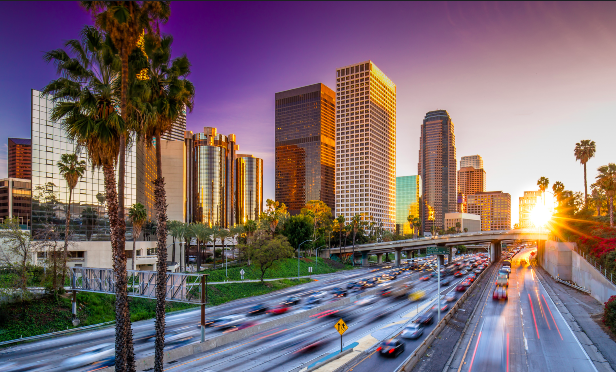 The design-build construction model has quickly risen in popularity in the wake of rapidly rising construction costs. The model helps curb costs by getting all of the stakeholders in a room early to create a highly efficient construction process. Mixed-use assets are driving a lot of that activity. The asset class is one of the fasted growing in the US, and design-build has become a staple for these projects.
The design-build construction model has quickly risen in popularity in the wake of rapidly rising construction costs. The model helps curb costs by getting all of the stakeholders in a room early to create a highly efficient construction process. Mixed-use assets are driving a lot of that activity. The asset class is one of the fasted growing in the US, and design-build has become a staple for these projects.
"Mixed-use is one of the fastest-growing sectors of development in the U.S., and is a primary driver for today's commercial design/build projects," Barry Caylor, VP of business development at design-build construction company OTL, tells GlobeSt.com. "A 2017 NAR study revealed that the majority of Americans—53%—prefer to live in walkable communities."
In addition to consumer preferences, the pillars of the development process have also seen the benefits of bringing more integrated and walkable communities to market. "Beyond these consumer preferences, developers, architects, city leaders and many others in the commercial real estate industry are increasingly recognizing the bottom-line value of creative placemaking," says Caylor. "By building walkable communities with a mix of product and infusing these destinations with landmark design/build features such as water features, outdoor living rooms, art, and other central elements that attract people, property owners are finding deep ROI."
This is happening throughout the US, particularly in major metros. "Southern California, with its incomparable weather, is certainly a leader in mixed-use development, and developers in this region are continually seeking new design/build elements that deliver the "wow" factor today's destinations require," adds Caylor. "Other markets demonstrating strong growth in commercial design/build projects include Texas, as well as Oklahoma, Louisiana, and really throughout the South Central U.S."
This trend also aligns with where investment dollars are being spent. Developers are focusing more and more on experience. "Today's investment dollars are focused on creating destinations that delight and entertain people, which directly contributes to increased foot traffic, increased length of stay, and ultimately, higher sales for businesses in and around the development," says Caylor.
Developers are willing to make a healthy capital investment to accomplish this goal. "We are seeing developers expand their budgets to accommodate "wow" factor amenities such as interactive water features and show fountains, as well as experiential gardens, streams, and artistic, architectural water fountains," says Caylor. "These elements become the new "anchor" for today's mixed-use, walkable communities, and when done well, they can and do deliver placemaking at its best."
© Touchpoint Markets, All Rights Reserved. Request academic re-use from www.copyright.com. All other uses, submit a request to [email protected]. For more inforrmation visit Asset & Logo Licensing.






